The German Navy-hosted Commander Task Force (CTF) Baltic – one of NATO’s newest maritime commands – is bringing added capacity and capability to the alliance’s regional command structure. It is also bringing significant strategic and day-to-day deterrent impact in a region crucial to NATO security.
In October 2024 CTF Baltic was formally established at the German Navy Command’s headquarters at Rostock, on the country’s Baltic Sea coast. It was set up under a broad, ongoing review of defence plans, readiness, and operational and command structures that NATO launched due to deteriorating Euro-Atlantic security, including the outbreak of the Russo-Ukrainian War in February 2022. CTF Baltic was one of five new maritime commands (alongside CTFs Atlantic, Black Sea, Mediterranean, and North) established to replace the theatre-wide High Readiness Force (Maritime). These new commands can be activated as required to offer tactical command, co-ordination and alignment of allied maritime forces in their region, including being command-and-control (C2) nodes to support execution of NATO regional plans.
Since war erupted in Ukraine, the Baltic has become a major region of strategic focus for NATO and Russia alike, for a range of reasons.
While the war is embedded in the land (and air) domains, its Baltic and Black sea maritime flanks provide an environment for Russia to exert pressure in other ways, including through conducting ‘grey zone’ asymmetric, hybrid activities. Conversely, NATO must counter these activities, while shoring up its own interests on those two maritime flanks to deter conflict spillover risks.
The Baltic has become a ‘strategic’ theatre for such asymmetric activities. In September 2022 two Nord Stream gas pipelines – located off Denmark’s Bornholm Island – were ruptured by explosions. Between October 2023 and December 2024 several other critical underwater infrastructure (CUI) nodes were damaged in incidents – across the southern Baltic Sea – that reportedly involved rogue ‘shadow fleet’ ships dragging their anchors across the seabed; these incidents prompted NATO to establish its ‘Baltic Sentry’ maritime presence, surveillance and deterrence activity.
Following ‘Baltic Sentry’ standing up, the CUI risk seemed to dissolve. In late September 2025 a number of NATO Baltic states found themselves confronting uncrewed aerial vehicle (UAV) incursions around civilian and military airports. This prompted NATO to establish ‘Eastern Sentry’, in parallel to ‘Baltic Sentry’, as linked components of the alliance’s wider regional enhanced vigilance activity (EVA).
These reasons – alongside NATO’s recognition of its need potentially to reinforce across the Baltic in what could be an ‘eastern front’ in the event of any crisis with Russia escalating into conflict – mean NATO very much now sees the Baltic as a ‘strategic sea’.
So does Russia. Having lost its strategic foothold in the Mediterranean Sea following Türkiye closing the Bosporus/Dardanelles straits in February 2022 (under the 1936 Montreux Convention) when war broke out, and following loss of naval basing access ashore in Syria in 2024 when the Assad regime fell, Russian reach into the North Atlantic can only be generated now across the Barents and Baltic seas. A significant portion of Russia’s oil exports and wider trade crucial to sustaining its war economy now transits the Baltic.

CTF Baltic is a two-star tactical-level operational headquarters delivering core maritime warfighting functions and operations while generating and supporting peacetime EVA, training and exercise activities. It does so under operational control (OPCON) of NATO’s Allied Maritime Command (MARCOM). According to MARCOM, like the four other CTFs, it has two primary missions: planning maritime exercises and operations; and leading naval forces assigned by NATO in times of peace, crisis, and war. A third output is fostering regional allied naval co-operation.
Deterrent effect
Reflecting on CTF Baltic’s output and impact across its first year of operation, Rear Admiral Stephan Haisch – a German Navy two-star officer posted as Commander (COM) CTF Baltic since its inception – told ESD that his organisation had demonstrated deterrent effect both in supporting ‘Baltic Sentry’ and providing co-ordinated C2 of other tactical and operational activities that have wider regional deterrent effect.
“Because of the presence of naval units here in the Baltic Sea region, we certainly had an effect of deterring … anybody from conducting attacks on CUI. Having CTF Baltic in that role and having tactical command over assigned units is also a blueprint for an organisation that would normally be there in crisis or conflict,” the admiral said.
The ‘Baltic Sentry’ example illustrates the deterrent impact CTF Baltic brings, particularly through co-ordinating tactical response. Perhaps through information shared by a regional maritime operations centre (MOC), a neighbouring command like CTF Atlantic, or the industry-focused NATO Shipping Centre, ‘shadow fleet’ ship presence could be detected either while such ships are entering the region or conducting suspicious activities around a CUI site, for example. “If we see anything out there that looks suspicious, making use of all the [NATO] units – being under us or not – gives me the opportunity to be on scene in approximately one hour, regardless of where in the region,” said Rear Adm Haisch.
In contributing to ‘Baltic Sentry’, CTF Baltic has demonstrated its effectiveness in corralling different ships under different command chains to generate day-to-day co-ordination and effect in support of NATO EVAs, Rear Adm Haisch explained. These different chains include: units assigned to CTF Baltic for tactical command; units providing ‘associated support’ to CTF Baltic while operating in the region on national tasking, for example by sharing intelligence, surveillance and reconnaissance (ISR) data; and units on national tasking that could support CTF Baltic in specific ‘Baltic Sentry’ activities.
These developments have wider impact, too. Operating as a tactical-level maritime headquarters, CTF Baltic has demonstrated – to NATO and to others in the region – its geostrategic position, capability and capacity to manage forces and conduct task force-level C2 in the event of crisis and conflict, the admiral said.
While NATO has not yet formally assigned to the new CTFs a formal C2 role in peacetime, CTF Baltic – being based at a national headquarters, but having a multinational staff and operating within the NATO force and C2 structures under MARCOM operational command (OPCOM) – has, through ‘Baltic Sentry’ and wider EVA contributions, been required to and is able to provide the integrated multinational outputs NATO needs in the region. According to Rear Adm Haisch, NATO member countries and other alliance joint and combined C2 nodes see CTF Baltic as “the owner of the maritime battlespace in the Baltic Sea region in terms of C2 and co-ordination”.
“We are here and we are in place,” he added.
Impact in place
Central to CTF Baltic’s impact is its operational relationship with NATO’s two North Atlantic-focused standing naval forces: Standing NATO Maritime Group 1 (SNMG1) and Standing NATO Mine Counter Measures Group 1 (SNMCMG1).
While NATO’s one-star-commanded standing naval forces habitually report directly into MARCOM and its three-star COM MARCOM post, Rear Adm Haisch explained that adding in a two-star regional command has not created any command problems. This has been due in part to the region’s navies always working very closely together, so the senior sailors often know each other; and in larger part to every single NATO Baltic member state being represented in CTF Baltic’s command staff.
The staff includes, for example, Polish, Swedish and Danish officers as Deputy Commander, Chief of Staff, and Assistant Chief of Staff Operations respectively. “This multinational staff gives me a direct link into the other navies, and the capability to make use of all the expertise in place around the Baltic Sea, bringing the expertise, connections and networks into my staff,” said Rear Adm Haisch. “Countries are continuing to send us people on short notice and for short periods …. They are supporting us in our daily work and can take inside views and expertise back to their MOCs.”
CTF Baltic is always looking to tap into NATO knowhow resident in the region, for example whether it can add subject matter expertise on its staff in areas like cyber activities.
Perhaps most important is the politico-strategic significance of CTF Baltic’s establishment in the context of the threats both enduring and emerging in the region. “It is very clear that CTF Baltic is in place, it is responsible, it has the network, it has the expertise, and it provides professional tasking that makes sense,” said Rear Adm Haisch. This means that, when planning an activity or responding to a situation, there is co-ordination and communication between the different commands to ensure resources are allocated as required. “We are doing it day by day, and regardless of what comes up from the units at sea or tasking by MARCOM; we are able to handle it,” the admiral said.
The operational impact of this relationship has been widely demonstrated over the last year. SNMG1, for example, has a very busy area of responsibility (AOR), encompassing the Baltic and the Kattegat/Skagerrak straits through into the North Sea, the North Atlantic and up to the Greenland-Iceland-UK (GIUK) Gap and Norwegian Sea, and higher still into the Barents Sea and Arctic. On several occasions, while SNMG1 elements have deployed to waters off Iceland or into the Barents Sea, other SNMG1 elements – alongside SNMCMG1 – have remained in the Baltic on ‘Baltic Sentry’ (for example), including operating under CTF Baltic command. CTF Baltic is a practical and effective illustration of NATO’s development of dispersed operations and the enabling C2.
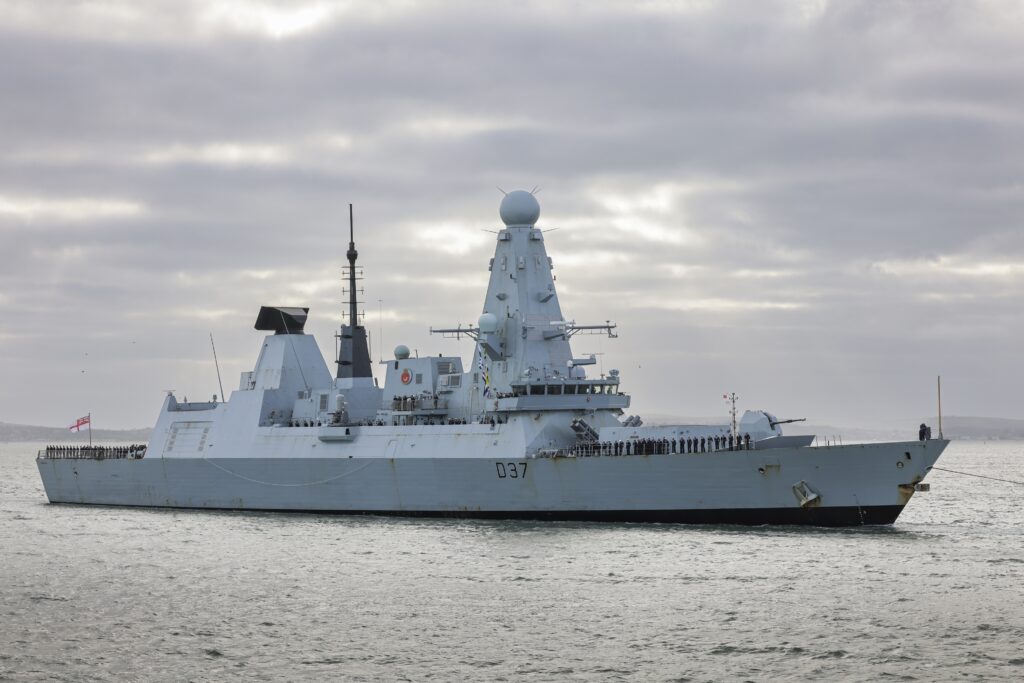
Since being established CTF Baltic has developed significantly in organisational and operational terms. NATO’s high-level politico-military focus on the region – driven largely by the hybrid threats the alliance has been countering through ‘Baltic Sentry’ and ‘Eastern Sentry’ – has both demonstrated and accelerated the requirement for CTF Baltic’s integrated operational output and wider progress.
CTF Baltic achieved full operational capability in September 2024, following MARCOM evaluation of its staff structure, procedures, warfare area expertise and battle rhythm. “We are now officially fully mission capable, which is a huge success,” said Rear Adm Haisch.
However, he added, there is more to do. Over the next year CTF Baltic’s development will include continued transition from ‘phase one’ – stand up, establish and operate – to ‘phase two’ – embed and consolidate around main lines of operational development (covering planning and co-ordination) as well as C2 and wider communication. “I hope, one year from now, that ‘phase two’ is finished,” he said.
Within this operational development are several specific aims. “Number one is building a reliable, real-time, recognised maritime picture [RMP],” said Rear Adm Haisch. While CTF Baltic and the national regional MOCs can access the same picture, many have different connections feeding into and out of it. “We have made some steps in developing some connections and integrating more Link [tactical datalink] capabilities into the staff,” the admiral explained. “However, this is something we have to work on so that, in every MOC around the Baltic, everybody looks at the same picture, with the same track number, with the same time delay, and the same detailed level of being able to conduct target acquisition, for example.… This is something we definitely have to do next year,” he added.
Here, one question to consider – which the admiral may raise at the Baltic Commanders’ Conference in mid-November 2025, when he hosts NATO’s Baltic region naval chiefs and can present ideas for how CTF Baltic can further develop its contribution to regional co-ordination – is how soon a shared, common RMP can be established and whether to seek an interim solution by the end of 2026, with a fully integrated picture following subsequently.
In building its RMP, CTF Baltic’s primary aim is developing a broad, operational-level picture to share with and inform MARCOM. It is also looking at if and how to provide more detailed tactical-level picture depth for NATO’s Baltic countries and their operational units at sea, layering all the data from all the different ISR and other information sources.
CTF Baltic also contributes to developing other pictures. For example, in its role supporting the air-based ‘Eastern Sentry’ counter-UAV mission, it can contribute to the air picture. “If we have a very capable unit like an air defender on ‘Baltic Sentry’, that ship definitely contributes via Link 22 to the air picture, as well as providing other information,” said Rear Adm Haisch. “I have day-to-day close links to the CAOC [NATO’s Combined Air Operations Centre at Uedem, Germany], which works both ways: they are receiving the information we have and vice versa.”
Rear Adm Haisch’s second focus area for 2026, and linked to the picture issue, is for CTF Baltic to step up to a larger-scale challenge. “Our job is not to run an operation; it is to run a region,” he said. “‘Baltic Sentry’ is where we learned to run an operation and to deal with its specific requirements – but if we are willing to be the maritime player responsible for the region, this is not enough.” Running the region means conducting baseline operations or EVAs, undertaking co-ordination work and maintaining a C2-capable CTF staff for peacetime, crisis and conflict, the admiral explained: it also means developing a standing operational framework so that every unit coming into the region receives a ‘welcome package’ containing required set-ups covering connections, documentation and procedures. “This is something also on my priority list for next year,” said Rear Adm Haisch.
Third, CTF Baltic will participate in major regional exercises, including the Sweden-led ‘Aurora’ and the US-led ‘BALTOPS’. Lessons learned from these exercises will be tested in a wargame conducted later in 2026, with this integrated process informing a review of the command’s operational plans. Rear Adm Haisch added that his command can operate as a CTF for multinational task groups in such larger exercises.
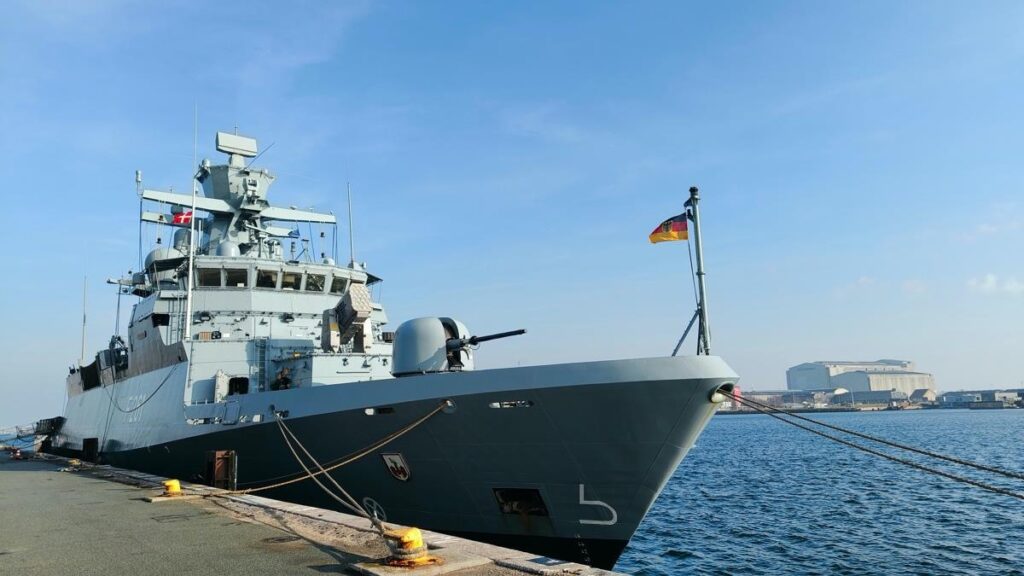


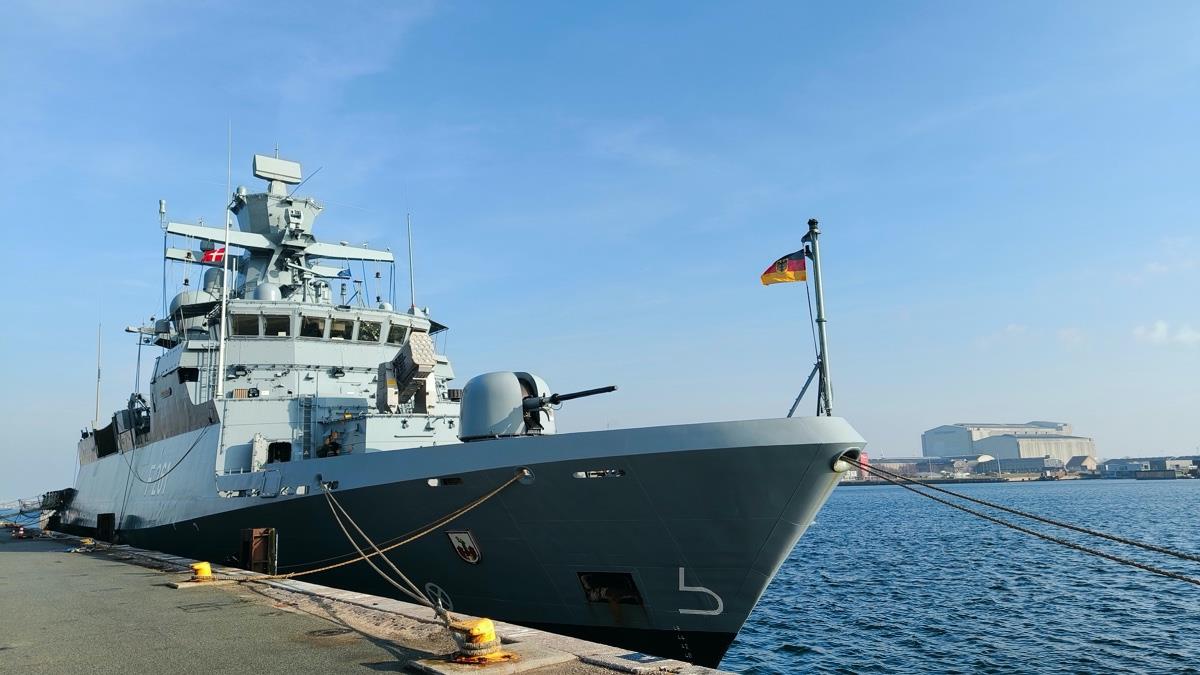

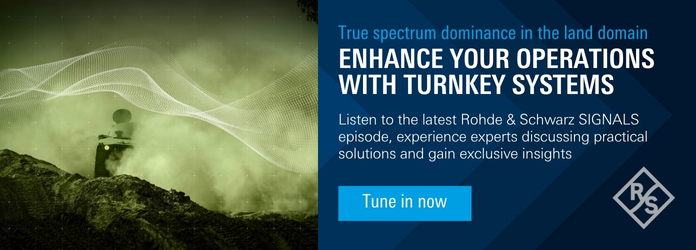
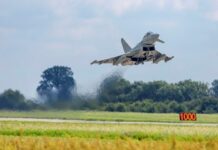
![Hybrid navies: Integrating uncrewed capability into carrier strike The US Navy (USN) carrier USS John C Stennis (left), the French Navy carrier FS Charles de Gaulle, and elements of their strike groups are pictured sailing together in US Fifth Fleet’s area of operations. The US, French, and UK navies are all developing ‘hybrid’ crewed/uncrewed mixes for their carrier airwing capability. [US Navy]](https://euro-sd.com/wp-content/uploads/2025/09/2-HST-CdG-USN-Kopie-218x150.jpg)
![Strategic shift: UK CSG deployment demonstrates switch in UK strategic focus The UK aircraft carrier HMS Prince of Wales (foreground) sails alongside the US carrier USS George Washington during Australia’s ‘Talisman Sabre’ exercise in July 2025. The two carrier strike groups (CSGs), plus Australian Navy assets, conducted CSG integration activities. [Crown copyright 2025]](https://euro-sd.com/wp-content/uploads/2025/09/1-PWLS-GW-TSabre-CC-UK-MoD-25-Kopie-218x150.jpg)


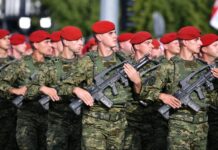
![Ripples in the air, rupture in the ether Pictured: 1L269 Krasukha-2 jamming system. Since 2008, Russia has greatly expanded its EW capabilities, and since 2022 it has gained valuable direct experience contesting the EMS in Ukraine, where continuous innovation occurs over very short timescales. [RecoMonkey]](https://euro-sd.com/wp-content/uploads/2025/07/1L269-Krasukha-2_RecoMonkey-Kopie-218x150.jpg)

